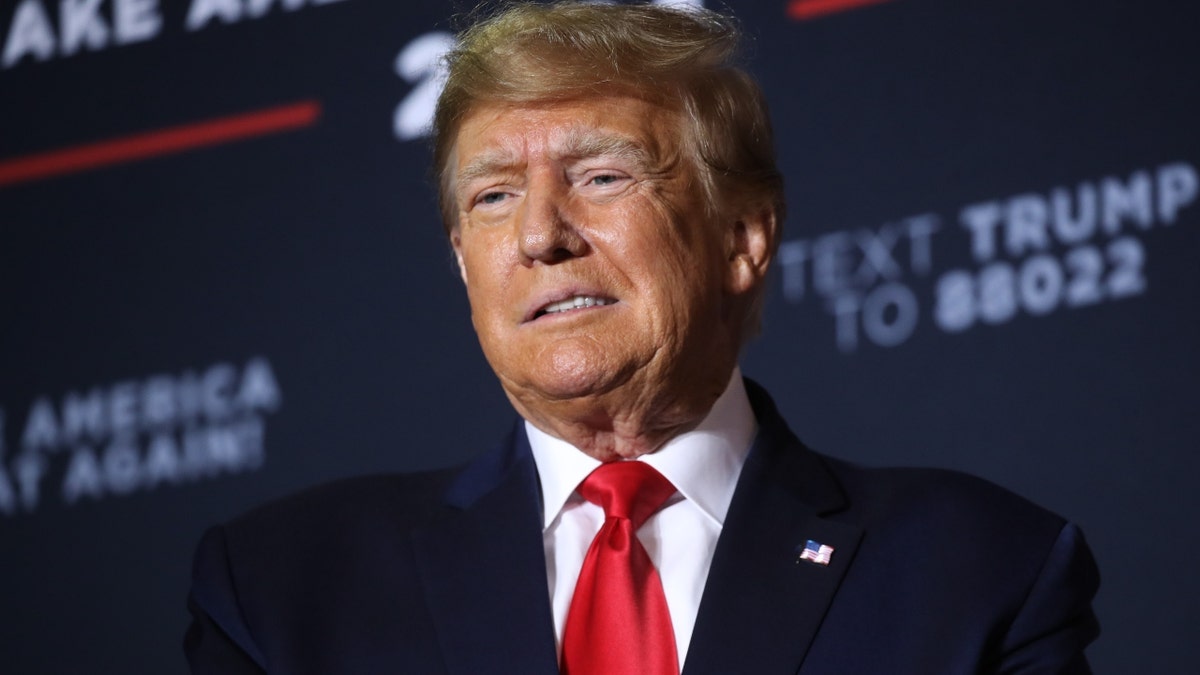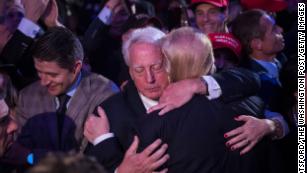In an age saturated with information, it's increasingly common for sensational headlines and rumors to spread like wildfire across social media platforms. One such persistent and alarming rumor that has periodically resurfaced is the claim that "Donald Trump is dead." While such a statement is certainly attention-grabbing, it is, in fact, entirely false. Donald Trump is alive and continues to be a prominent figure in American politics. However, the origin of these rumors isn't entirely baseless; they stem from a very real and harrowing event: an assassination attempt at a rally in Pennsylvania, which tragically resulted in casualties, though not the former president's death, coupled with subsequent online hoaxes.
The Day Gunfire Erupted: A Pennsylvania Rally Under Attack
On a packed Saturday in Butler County, Pennsylvania, an outdoor rally featuring former President Donald Trump took a dramatic and terrifying turn. Minutes into Trump's rally speech, loud gunfire erupted, sending shockwaves through the crowd and across the nation. Federal authorities immediately launched an investigation into what was quickly identified as an assassination attempt on the former president.
During the chaotic incident, Donald Trump was indeed injured. He was shot in the ear, later describing the experience on his Truth Social site, stating he "felt the bullet ripping through [his] skin," and specified, "I was shot with a bullet that pierced the upper part of my right ear." Despite the injury and the obvious danger, video footage from the scene reportedly showed Trump, with blood visible on the side of his head and ear, defiantly pumping his fist. Secret Service agents swiftly responded, surrounding the former president and escorting him off stage, ensuring his immediate safety.
Tragically, the shooting was not without severe consequences for others present. The incident resulted in multiple casualties:
- One spectator was killed.
- Two other individuals were critically injured.
- The shooter himself was also killed at the scene.
This harrowing event, which left 2 hurt and 2 dead (including the shooter), became the focal point of intense media coverage and public concern, laying the groundwork for much of the misinformation that would follow.
The Shooter: A Fatal Encounter with Secret Service
Crucially, while the rally was indeed marked by death, it was the assailant who was killed, not Donald Trump. District Attorney Richard Goldinger confirmed to Newsweek that "the shooter who fired at former President Donald Trump is dead." Authorities later clarified that a suspected gunman who opened fire during the rally was fatally shot by a Secret Service sniper.
The swift and decisive action of the Secret Service prevented further harm and neutralized the immediate threat. In a statement on Truth Social following the incident, Trump acknowledged the situation, stating, "Nothing is known at this time about the shooter, who is now dead." The identity and motives of the shooter remain subjects of ongoing investigation, though it is clear that the individual responsible for the attack did not survive.
Trump's Immediate Aftermath and Continued Public Life
Despite the severe nature of the assassination attempt, former President Donald Trump survived the ordeal. Following the shooting, his motorcade departed the hospital at approximately 9:30 p.m. EDT, bound for Pittsburgh International Airport. He then landed at Newark Liberty International Airport in New Jersey in the early hours of July 14th, spending the night at Trump National Golf Club Bedminster.
This rapid return to travel and public life underscored his survival and resilience. In the wake of the attack, security measures were significantly heightened. Authorities strengthened security protocols at key locations, including Trump Tower and the Republican National Committee (RNC), to mitigate any potential future threats.
The Anatomy of a Hoax: Why "Trump Dead" Went Viral
The real events of the Pennsylvania rally, while dramatic, were distorted and amplified by the rapid spread of misinformation online. The "Trump dead" rumors gained significant traction through various deceptive means:
- Social Media Hacks: One notable instance involved Donald Trump Jr.'s account on X (formerly Twitter). It was the subject of an apparent hacking, and among the messages posted was a false announcement regarding the death of his father. Such high-profile hacks can quickly lend a veneer of credibility to false claims, leading to widespread sharing before the truth can be established.
- Fabricated News Images: Social media users also shared images purporting to show recent CNN articles with the headline "Donald Trump Dead At..." These were fabricated images designed to mimic legitimate news reports, further confusing the public and fueling the false narrative.
- Misinterpretation of Real Events: The fact that there was a shooting at a Trump rally, and that someone *was* killed (the shooter), likely led to misinterpretations or deliberate distortions, with some individuals mistakenly believing or intentionally propagating the idea that Trump himself was the fatality.
Beyond the immediate incident, broader public discussions about Donald Trump's health have also contributed to the environment where such rumors can take root. Concerns over his mental acuity and physical health, including his reported weight of around 244 pounds – which puts him at an increased risk of heart disease and other complications typically seen in individuals of his age and size – are often subjects of public discourse. While these are legitimate discussions about a public figure's well-being, they are entirely separate from the false claims of his death and should not be conflated with the assassination attempt.
Conclusion
To be unequivocally clear: Donald Trump is alive. The rumors circulating about his death are false and are a prime example of how misinformation can spread rapidly, often leveraging real, traumatic events. While a serious assassination attempt did occur at his rally in Pennsylvania, resulting in injuries to Trump and fatalities among attendees and the shooter, the former president survived and continues his public activities. The subsequent "Trump dead" claims are hoaxes, perpetuated by social media hacks and fabricated news images. It serves as a stark reminder of the critical importance of verifying information from credible sources before accepting or sharing it online, especially concerning sensitive topics.


